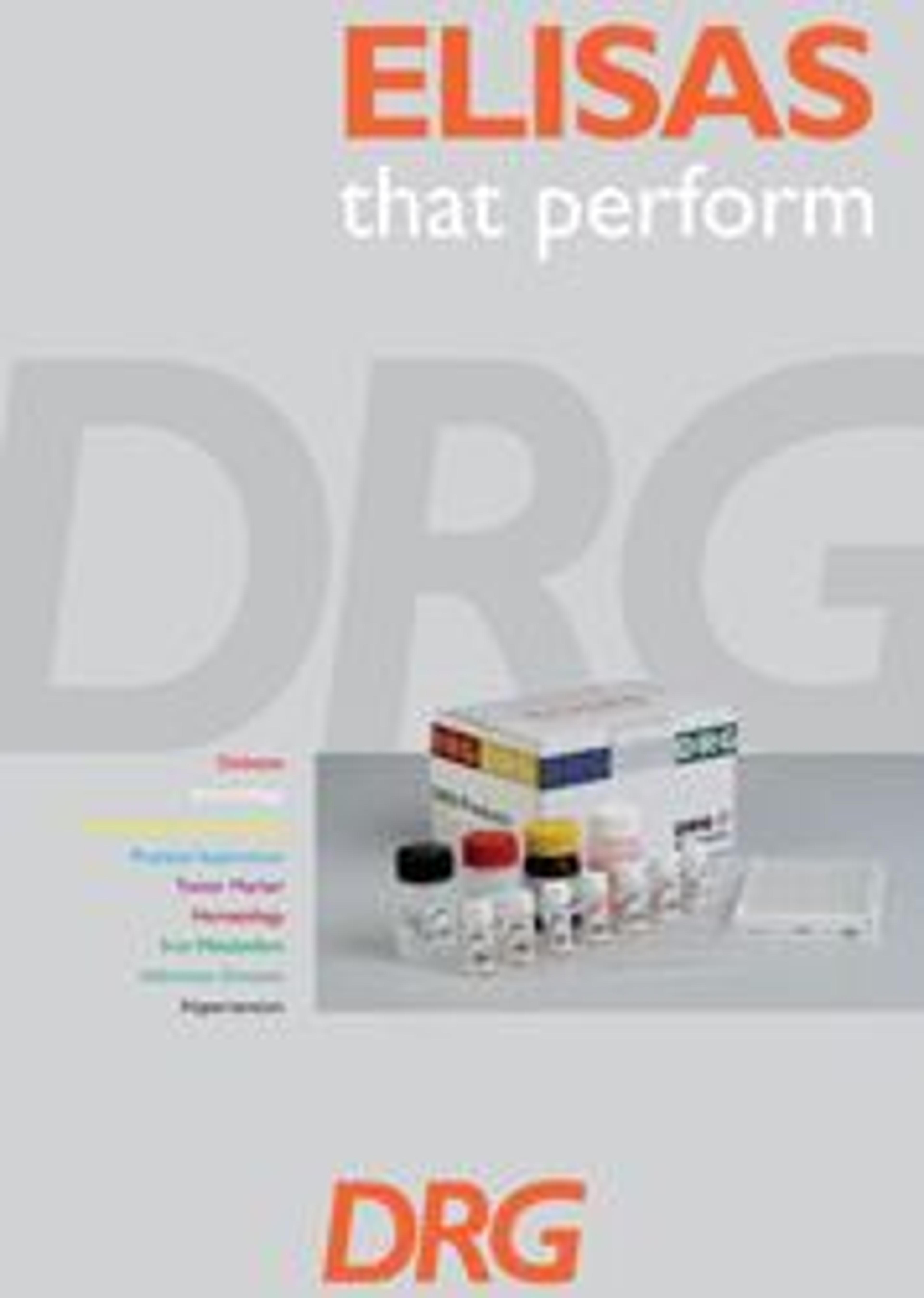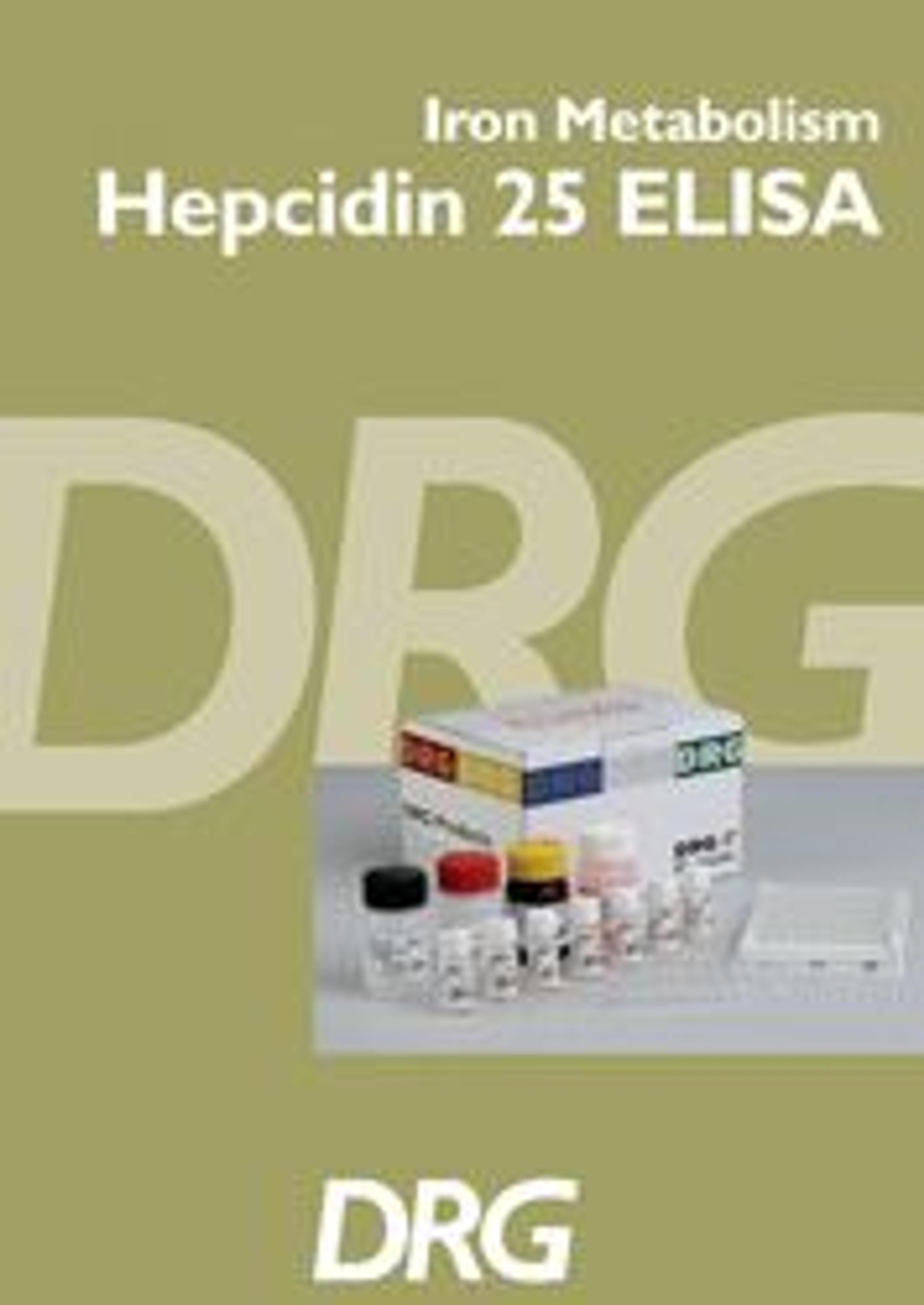Life Sciences Products & Reviews
Life sciences encompass a diverse range of scientific disciplines focused on the study of living organisms and their interactions with the environment. From basic life sciences (such as cell biology, genetics, immunology, and microbiology) to applied life sciences (such as disease research, multi-omics, and biotechnology), this broad field explores the fundamental processes of life and drives advancements in disease research, patient care, and our overall understanding of living organisms. Discover the endless possibilities of life sciences and their impact on shaping a healthier and more sustainable world.
Selected Filters:
Echinococcus IgG ELISA
DRG International Inc.High Quality Assays with Reproducible and Reliable Results
EBV-EBNA-1 IgG ELISA
DRG International Inc.High Quality Assays with Reproducible and Reliable Results
EBV-EBNA-1 IgM ELISA
DRG International Inc.High Quality Assays with Reproducible and Reliable Results
Estradiol Sensitive ELISA
DRG International Inc.High Quality Assays with Reproducible and Reliable Results
Salivary Estrone ELISA Kit (SLV5228)
DRG International Inc.The DRG Salivary Estrone ELISA Kit is a solid phase enzyme-linked immunosorbent assay (ELISA), based on the principle of competitive binding, for the measurement of Estrone in saliva.DRG develops and manufactures diagnostic ELISA test kits for use in clinical and research laboratories. The experience of our production team and management team guarantees to provide high quality products, competitive prices and excellent custome…
Estrone ELISA Kit (EIA4174)
DRG International Inc.The DRG Estrone ELISA Kit is a solid phase enzyme-linked immunosorbent assay (ELISA), based on the principle of competitive binding, for the quantitative in vitro diagnostic measurement of Estrone in serum and plasma.DRG develops and manufactures diagnostic ELISA test kits for use in clinical and research laboratories. The experience of our production team and management team guarantees to provide high quality products, compet…
Fasciola hepatica IgG ELISA
DRG International Inc.High Quality Assays with Reproducible and Reliable Results
Helicobacter pylori IgA ELISA
DRG International Inc.High Quality Assays with Reproducible and Reliable Results
Helicobacter pylori IgG ELISA
DRG International Inc.High Quality Assays with Reproducible and Reliable Results
Hepcidin-25 ELISA Kit (EIA5258)
DRG International Inc.The DRG Hepcidin-25 ELISA Kit is a solid phase enzyme-linked immunosorbent assay (ELISA), based on the principle of competitive binding, for the quantitative measurement of Hepcidin-25 in serum and plasma.DRG develops and manufactures diagnostic ELISA test kits for use in clinical and research laboratories. The experience of our production team and management team guarantees to provide high quality products, competitive prices…





